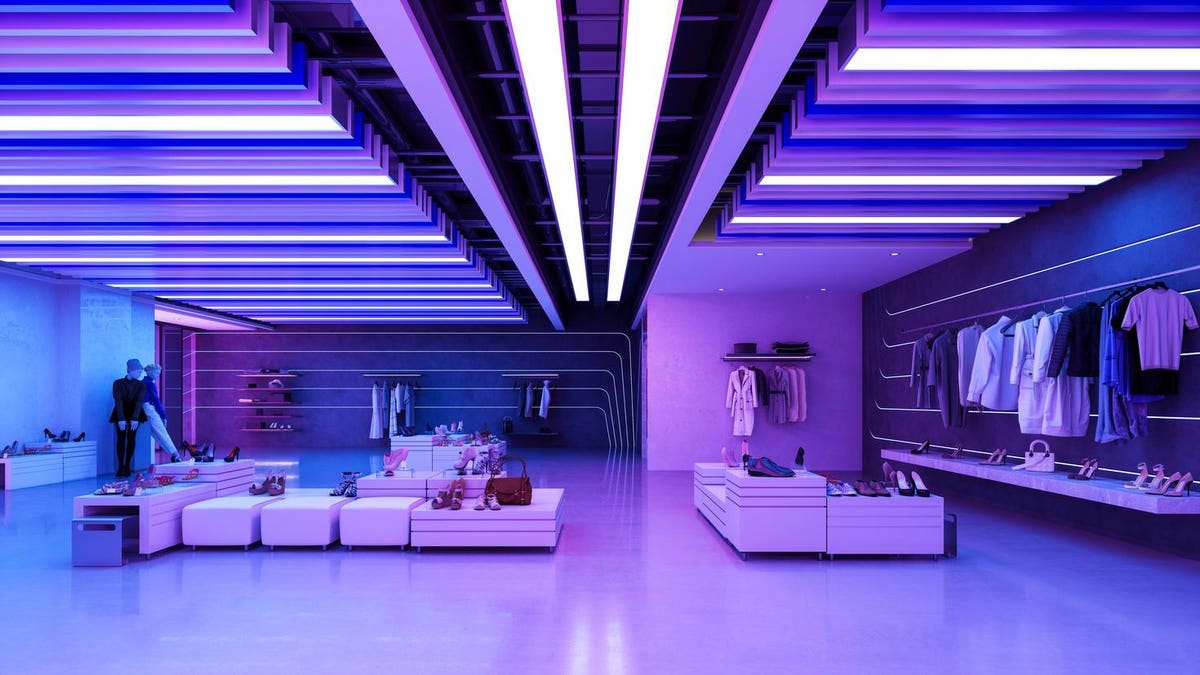Notice: This post was written without the assistance of a ChatGPT or any other text-generating algorithm.
But this one probably may have been, perhaps evidenced by the vague title (“How ChatGPT Is Changing One Industry”) and wishy-washy language (“Although ChatGPT offers numerous benefits for luxury brands, there are also some potential challenges to consider”). Or this one, written by “WPENGINE.” Hard to tell.
Just five months after interest in machine-generated text first exploded (e.g., college students using it to write essays), the Internet is awash with so much bland, calorie-free content that one begins to wonder about the origin of everything we read — in my case, news about the retail trade. Social and political perils may be ahead now that machines have become more intelligent than humans. Still, for consumer-facing companies, it would seem the future is primarily rainbows and dollar signs.
AI can be used to create new brands and design products. Product descriptions are getting a makeover. Searches are becoming more personalized and chattier — “What should I get Mom for Mother’s Day?” Customer service is going seamlessly. Back-office functions across enterprises will become more efficient.
All fascinating stuff but not much that’s revolutionary, in my humble opinion; at least, not at this stage.
This is not the birth of ecommerce. This is more metaverse, another bright shiny object that had the world transfixed for a season or two. Artificial intelligence has been around for a long time. Consumer-facing companies have been using it for decades. The buzz this past winter was just how most of the world learned how far the digital revolution has come.
Meanwhile, a fundamental transformation is taking place in physical retail. It’s back now that the pandemic has faded but in a changed way.
You might say retail is returning to its roots. Malls are dead or dying. Perhaps as a side effect of quarantines, gas prices, inflation — economic disruption — consumers appear to be staying closer to home. Thus, the renaissance in shopping centers which, in the years before the pandemic, were being hollowed out by the bankruptcies and liquidations of once-titanic brands like Sears, Penney, and Kmart.
Today, instead of larger destination stores, companies like Target and Marshalls/HomeGoods are opening smaller ones in open strip shopping centers next to Jersey Mike’s Subs or a European Wax Center.
Ecommerce did not eliminate physical stores; it gave them new purpose, function, and energy.
People do their comparison shopping online before they go out to do their actual spending. That increasingly is the new ecommerce, whether the purchase is delivered or picked up in-store.
As an observer of the retail industry, I have noticed that people increasingly prefer shopping locally, and the data backs this up. They might not be as loyal to brands as they once were, but they are “loyal” to where they buy certain products. Instead of going to a Costco or Walmart to shop, consumers increasingly go to various stores for specific products. The more stores they visit, the less likely they want to travel far outside their zip codes.
As an armchair social scientist, this feels like nostalgia or a growing desire for authenticity and connection in a society dominated by all things digital, where a business aims to find the most common and profitable denominators.
The age-old retailer’s mantra, know your customer, might be updating itself — know your zip code.
Read the full article here


